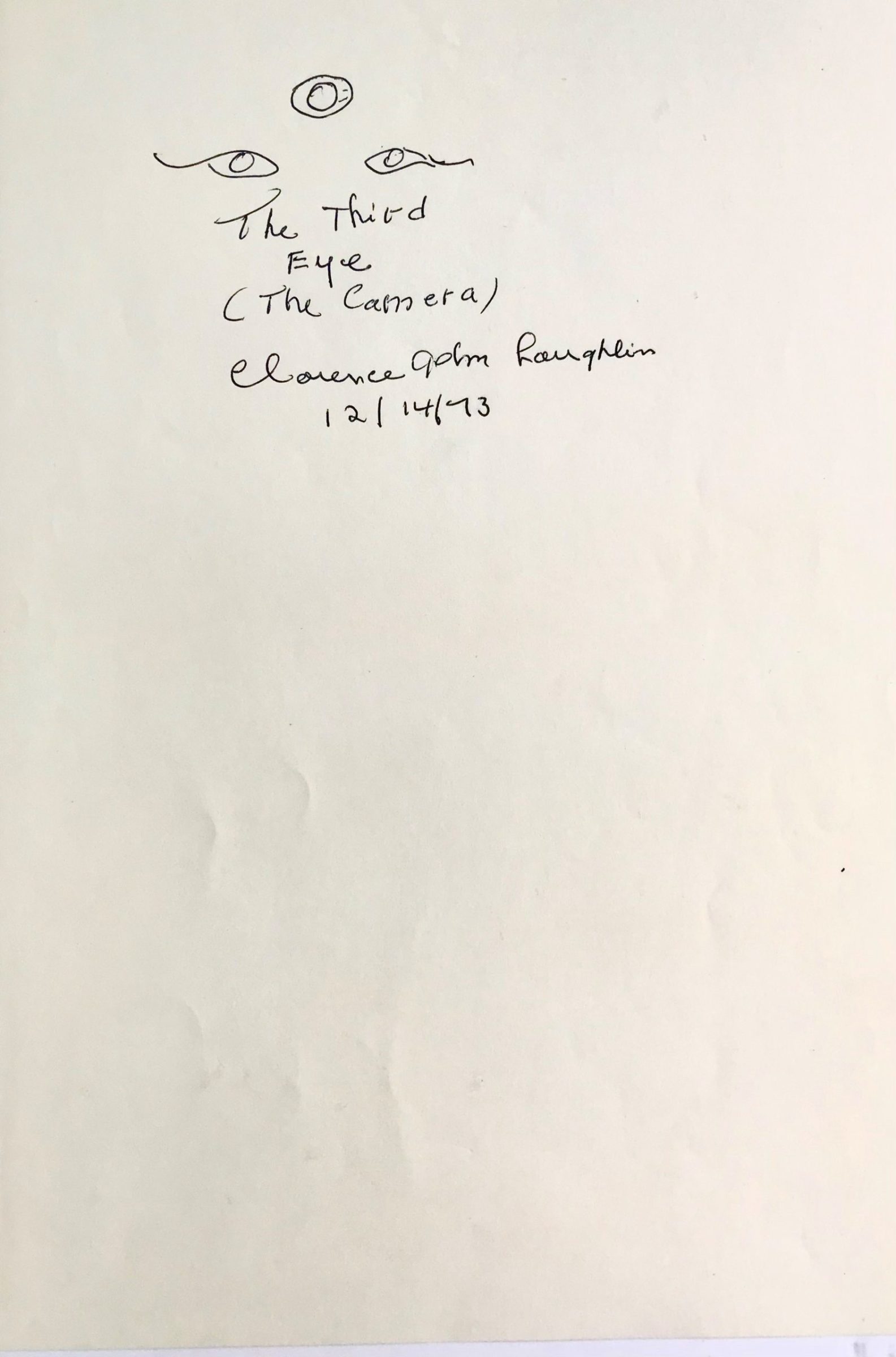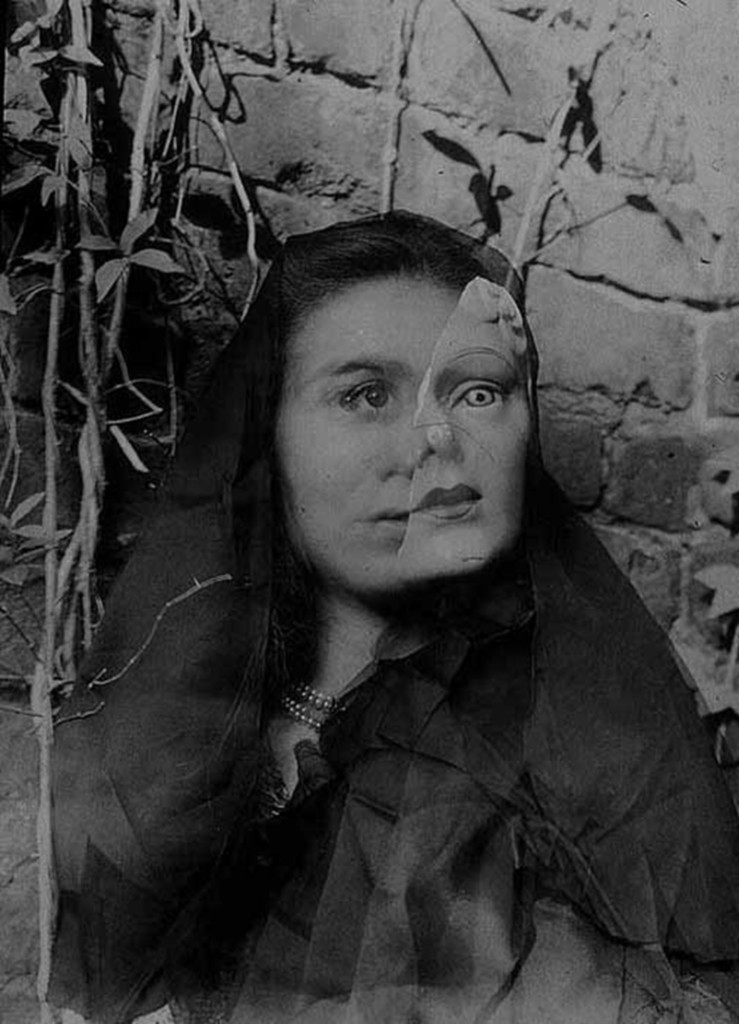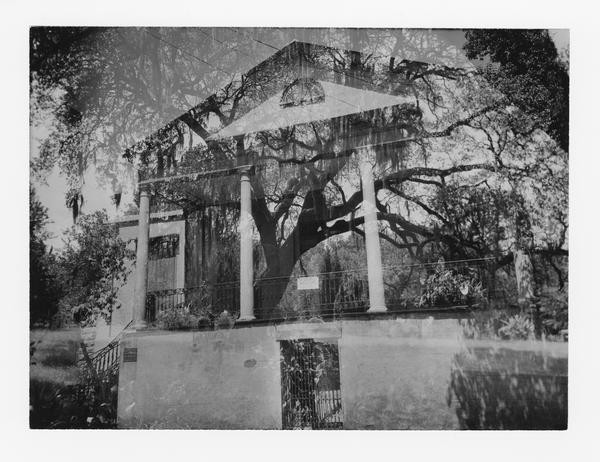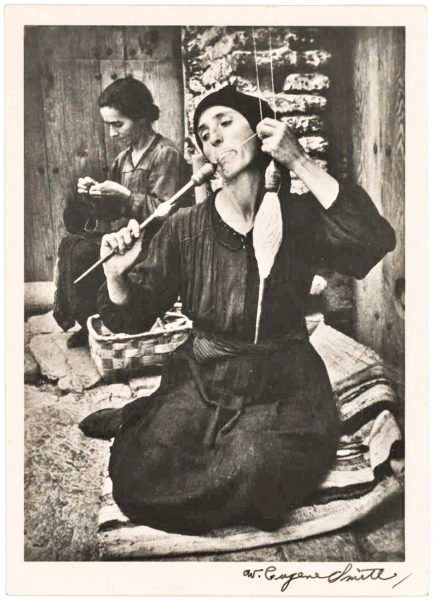LAUGHLIN, CLARENCE JOHN. (1905-1985). American photographer. Signed drawing. (“Clarence John Laughlin”). 1/3p. Small 4to. N.p., December 14, 1973. An ink drawing depicting two eyes, surmounted with a third “eye,” the lens of a camera. Captioned in Laughlin’s hand, “The Third Eye (The Camera)” with his signature and date.
A native of Louisiana, Laughlin grew up poor in New Orleans. Despite dropping out of school around age 15, he aspired to become a writer, but fell in love with photography, developing a style influenced by French symbolism. After working for Vogue under Edward Steichen, with whom he disagreed, Laughlin focused on his own projects, becoming known for his surrealist photographs of southern architecture and the literary captions which he considered part of his artwork. In 1948, he published Ghosts Along the Mississippi: The Magic of the Old Houses of Louisiana, representative of his oeuvre.





